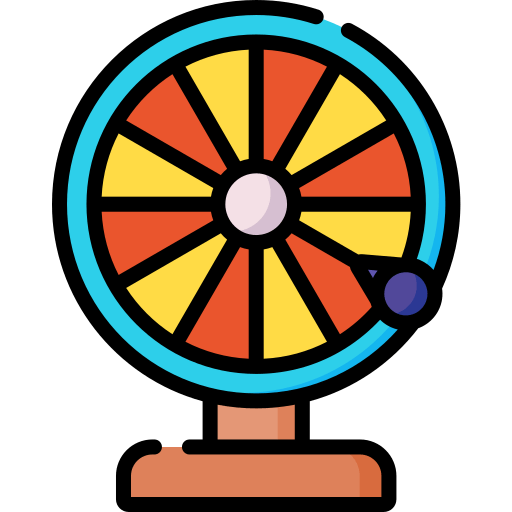2.01 Задание 10. Задание на понимание основного содержания прочитанного текста
Ошибка.
Попробуйте повторить позже
Установите соответствие между текстами А-G и заголовками 1-8. Запишите свой ответ последовательностью цифр, где первая цифра - заголовок к тексту A, а последняя - заголовок к тексту G. Используйте каждую цифру только один раз. В задании один заголовок лишний.
1. Living above
2. Glimpses of history
3. No meat, please!
4. Figuratively speaking
5. Belonging to one group
6. Highly social
7. Similar to people
8. Almost extinct
A. Great apes are members of the family Hominidae, which includes humans, chimps, gorillas, and orangutans. There is one species of humans (Homo sapiens), two species of chimpanzees (common chimpanzee and pygmy chimpanzee, also known as the bonobo), two species of gorillas (western gorilla and eastern gorilla), and three species of orangutans (Bornean orangutan, Sumatran orangutan, and Tapanuli orangutan). However, throughout the last few million years, there have been dozens of other great apes, some of which were arguably as intelligent as modern humans.
B. Great apes are large, tailless primates, distinguished from lesser apes (gibbons) by a larger size and generally less monkey-like anatomical features. Still, within this group there is considerable variation. These apes evolved from African lesser apes about 18 million years ago. Orangutans originated from the rest of the apes about 14 million years ago, and gorillas separated from them about 7 million years ago. Until recently, it was thought that chimps and humans separated between 3 and 5 million years ago, but more fossil finds suggest it happened earlier, between 6 and 7 million years ago.
C. Great apes are all extremely intelligent. Each one is probably smarter than every other member of the animal kingdom. All the great apes can use tools. Their hands allow them to use rocks or sticks for various purposes, including as weapons. Gorillas have been observed testing water depth with sticks. Chimpanzees are known to drive insects out of their nests using sticks. The orangutan is intelligent enough to build leak-proof roofs over their nightly nests. Isn’t that amazing? They are just like us!
D. Great apes play a very important role in their ecosystems. Their presence also supports biodiversity by influencing the distribution and behaviour of other species within their habitat. Unfortunately, most great ape species are considered endangered or even critically endangered due to habitat loss, poaching, and disease. According to the World Wildlife Fund, gorillas and orangutans are particularly at risk, with habitat destruction from logging, mining, and agriculture being the primary threats to their survival.
E. The orangutan, the largest creature in the world living in the trees, has probably never lived anywhere else but in the trees. Wildly mobile shoulder, knee and hip joints create a climbing machine that spends approximately 90% of its life high above ground. They eat, sleep, breed and give birth sometimes hundreds of feet above the ground. The thick forests of Borneo and Sumatra provide the perfect environment for this ape. Orangutans look graceless on the ground, but even the largest male orangutans move elegantly in the trees.
F. Gorillas eat different food, but their diet is mainly vegetarian. In the jungle, more than 85% of a gorilla’s diet is made up of leaves, shoots, stems and vines – and the rest is made up of roots, flowers and fruits. Insects, ants and termites make up less than 1% of a gorilla’s diet in the wild. The specific food of gorillas varies, depending on the presence (or absence) of certain plants in their immediate surrounding. Thus, gorillas are also almost exclusively vegetarian and devote their days to gathering fruit, leaves, roots and flowers.
G. Great apes are no exception when it comes to social interaction. They have complex social relationships that include communication through vocalizations, and body language such as grooming and hugging. Their societies are hierarchical, meaning there are dominant members who have priority access to food and other resources, while subordinate members must work harder to attain them. A new study has revealed that great apes tease one another, including hair pulling, poking, staring in faces, and other playful behaviours.
Источники:
A - 5: Belonging to one group. — Принадлежность к одной группе
«Great apes are members of the family Hominidae, which includes humans, chimps, gorillas, and orangutans.» - «Человекообразные обезьяны - это представители семейства гоминидных, в которое входят люди, шимпанзе, гориллы и орангутанги.» (все перечислинные принадлежат к одной группе)
B - 2: Glimpses of history. — Взгляд в историю
«These apes evolved from African lesser apes about 18 million years ago. »- «Эти человекообразные обезьяны произошли от африканских низших обезьян около 18 миллионов лет назад. » (речь идёт об истории вида)
C - 7: Similar to people . — Похожи на людей
«They are just like us!» - «Они такие же, как мы!» ( = как люди)
D - 8: Almost extinct . — Почти вымерли
«Unfortunately, most great ape species are considered endangered or even critically endangered...» - «К сожалению, большинство видов человекообразных обезьян считаются находящимися под угрозой исчезновения или даже в критическом состоянии...»
E - 1: Living above. — Жизнь наверху
«... a climbing machine that spends approximately 90% of its life high above ground.» - «..."машина" по взбиранию наверх, которая проводит примерно 90% своей высоко над землей.» (текст о том, что бОльшую часть своей жизни орангутанги проводят на деревьях)
F - 3: No meat, please! — Никакого мяса, пожалуйста!
«Thus, gorillas are also almost exclusively vegetarian and devote their days to gathering fruit, leaves, roots and flowers.» - «Таким образом, гориллы также почти исключительно вегетарианцы и посвящают свои дни сбору фруктов, листьев, кореньев и цветов.» (не едят мясо)
G - 6: Highly social. — Крайне социальны
«They have complex social relationships that include communication through vocalizations, and body language such as grooming and hugging.» - «У них сложные социальные отношения, которые включают в себя общение с помощью вокализации и языка тела, такого как причёсывание и объятия».
Специальные программы

Программа
лояльности v2.0
Приглашай друзей в Школково и получай вознаграждение до 10%!

Крути рулетку
и выигрывай призы!
Крути рулетку и покупай курсы со скидкой, которая привязывается к вашему аккаунту.

Бесплатное онлайн-обучение
Для школьников из приграничных территорий России, проживающих в ДНР, ЛНР, Херсонской, Запорожской, Белгородской, Курской, Брянской областях и Крыму.

Налоговые вычеты
Узнай, как получить налоговый вычет при оплате обучения в «Школково».

Специальное предложение
для учителей
Бесплатный доступ к любому курсу подготовки к ЕГЭ, ОГЭ и олимпиадам от «Школково». Мы с вами делаем общее и важное дело, а потому для нас очень значимо быть чем-то полезными для учителей по всей России!

Вернём деньги за курс
за твою сотку на ЕГЭ
Сдать экзамен на сотку и получить обратно деньги за подготовку теперь вполне реально!




